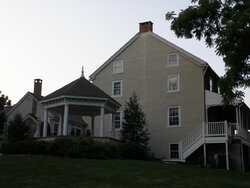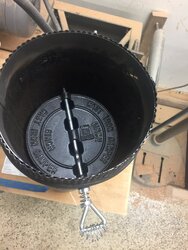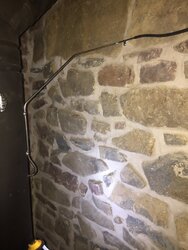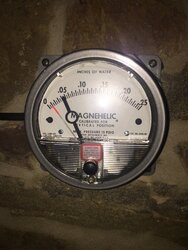I’m planning to install a key damper in a double wall pipe, in the next few days, and wondering how to handle the usual compression spring. Here’s what I have:
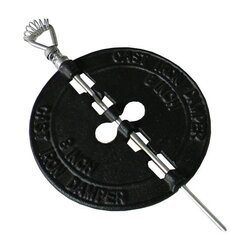
So, that spring on the axle near the handle will be compressed so hard it’ll likely deform the outer wall of the double-wall pipe, if I just drill the usual 1/4” hole and insert the rod. What I seem to be seeing, at least in a few cases, is folks counter-boring the outer wall large enough to allow the entire spring and cup washer to penetrate thru to the inner wall. So, the damper fits as if it were in single wall.
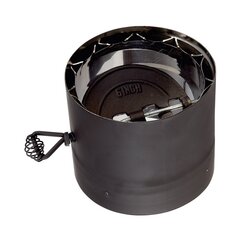
This would have the added advantage of making easier to thread the bent axle thru the pipe.

So, that spring on the axle near the handle will be compressed so hard it’ll likely deform the outer wall of the double-wall pipe, if I just drill the usual 1/4” hole and insert the rod. What I seem to be seeing, at least in a few cases, is folks counter-boring the outer wall large enough to allow the entire spring and cup washer to penetrate thru to the inner wall. So, the damper fits as if it were in single wall.

This would have the added advantage of making easier to thread the bent axle thru the pipe.
Last edited by a moderator:


